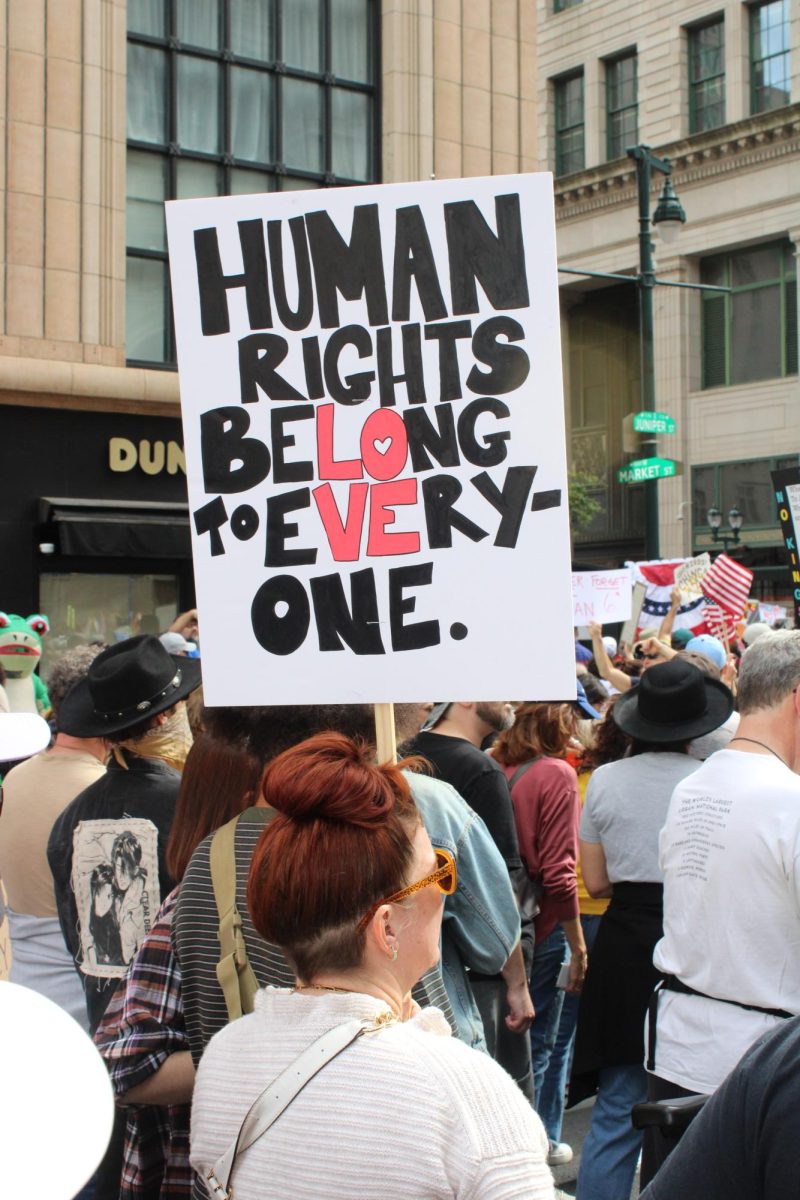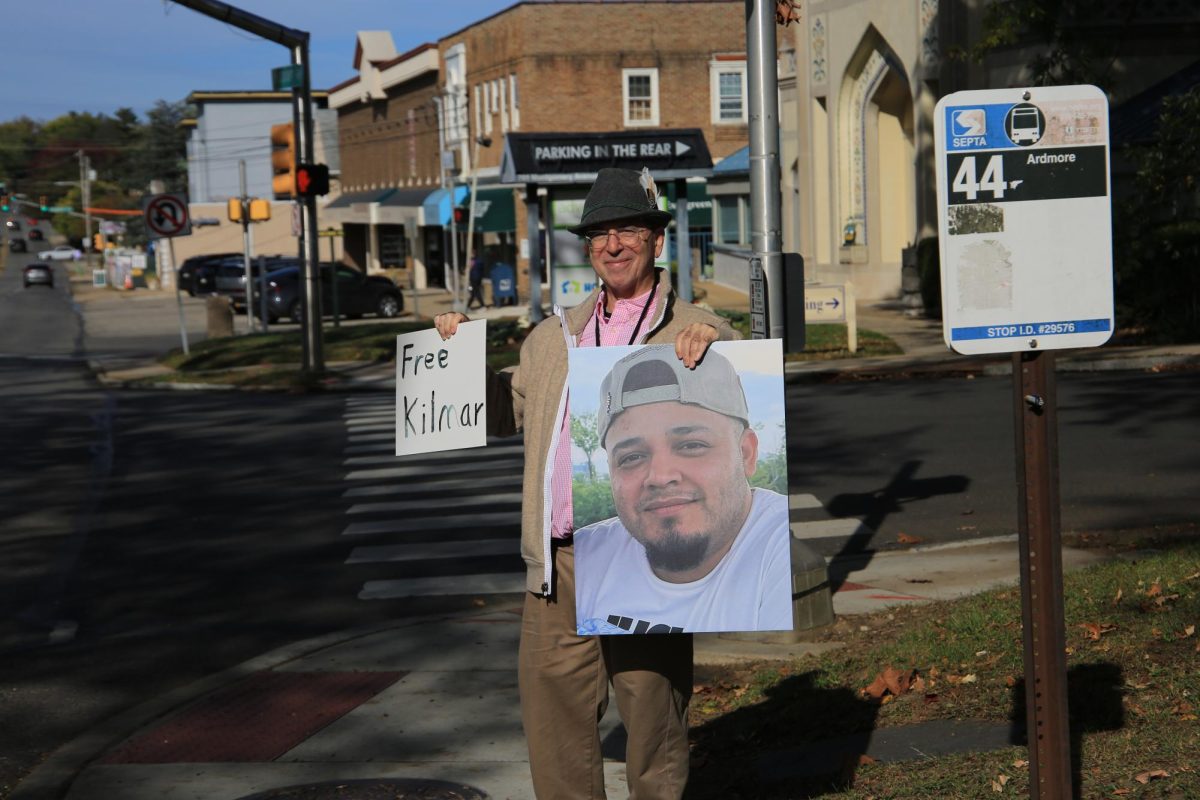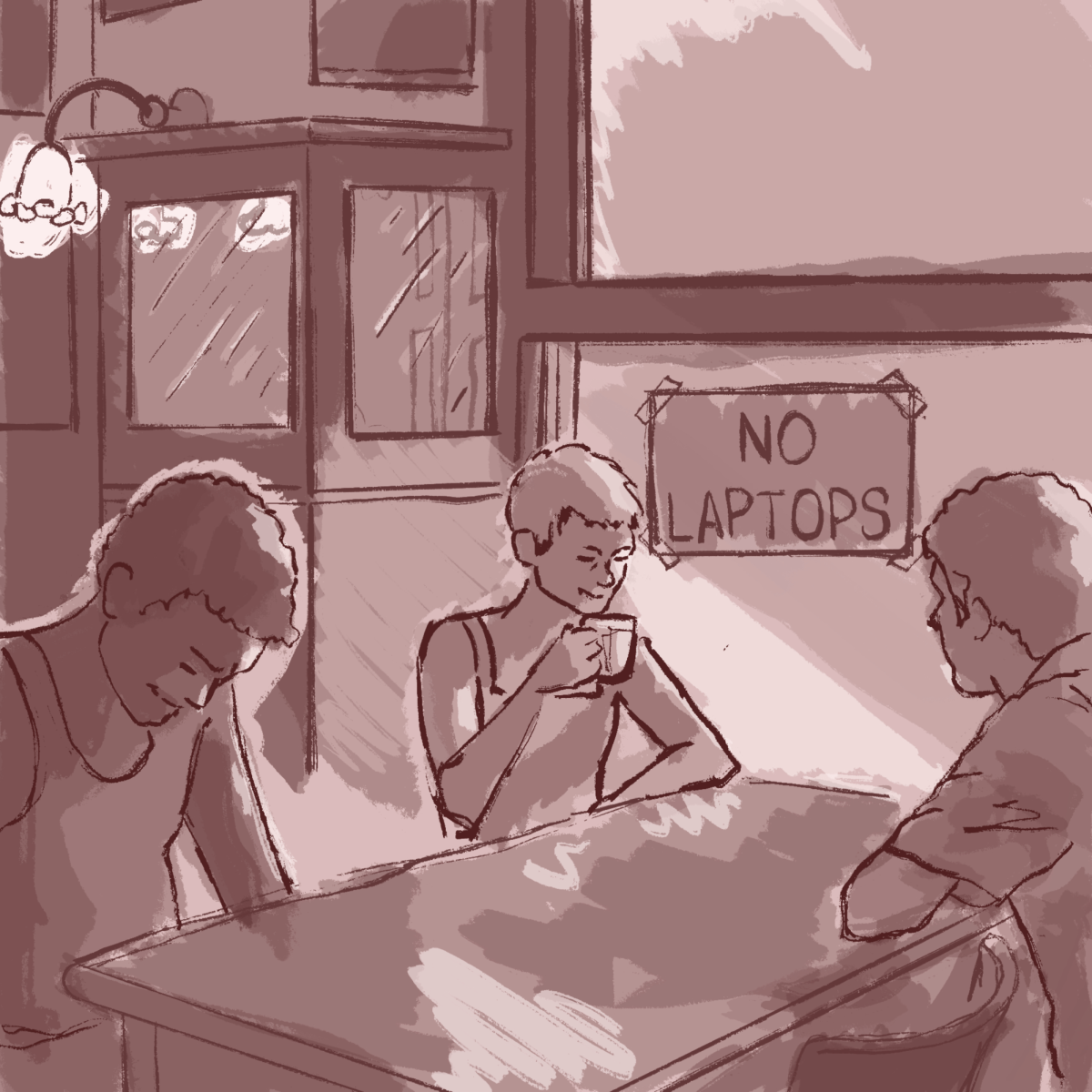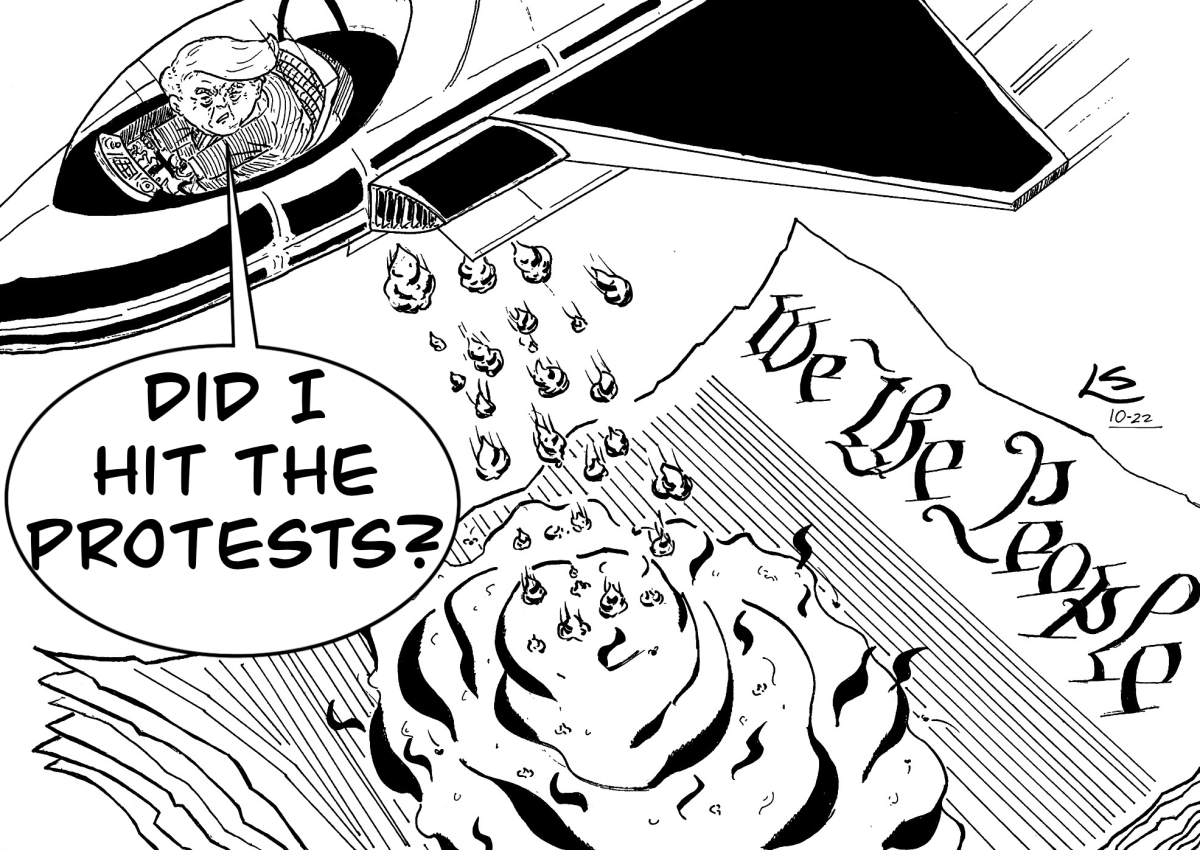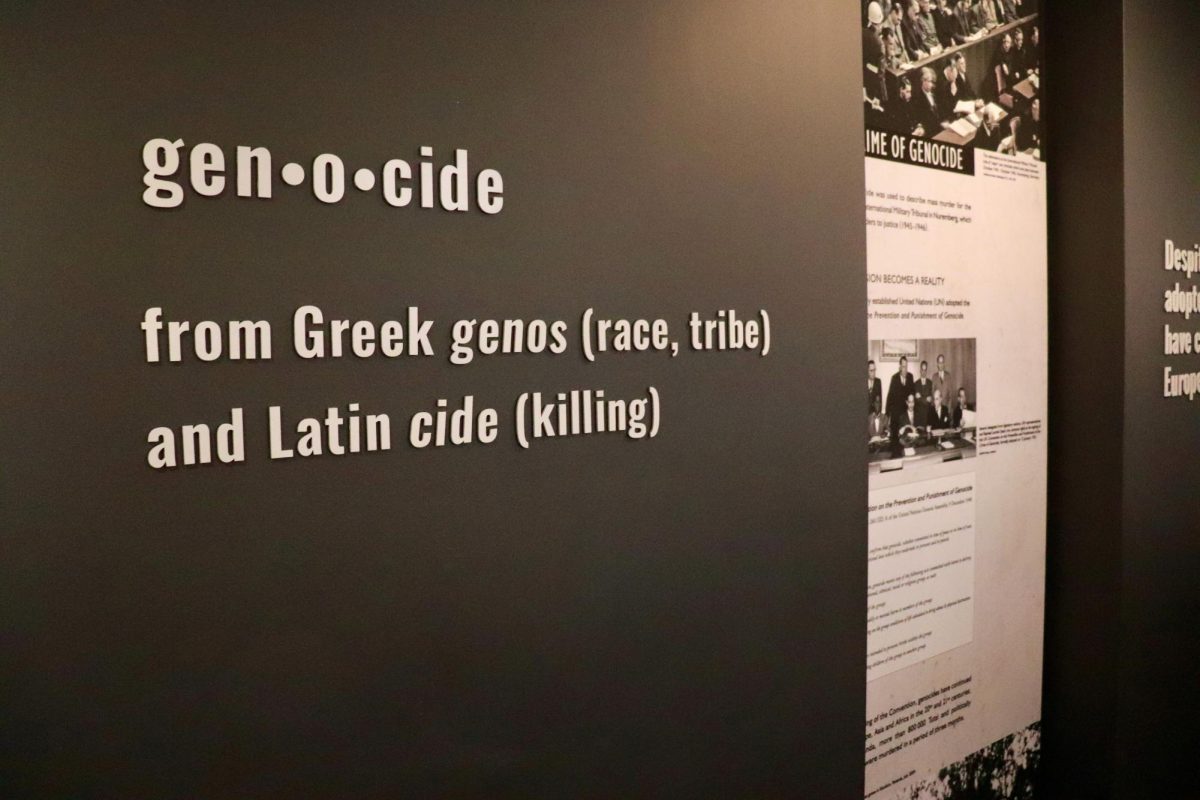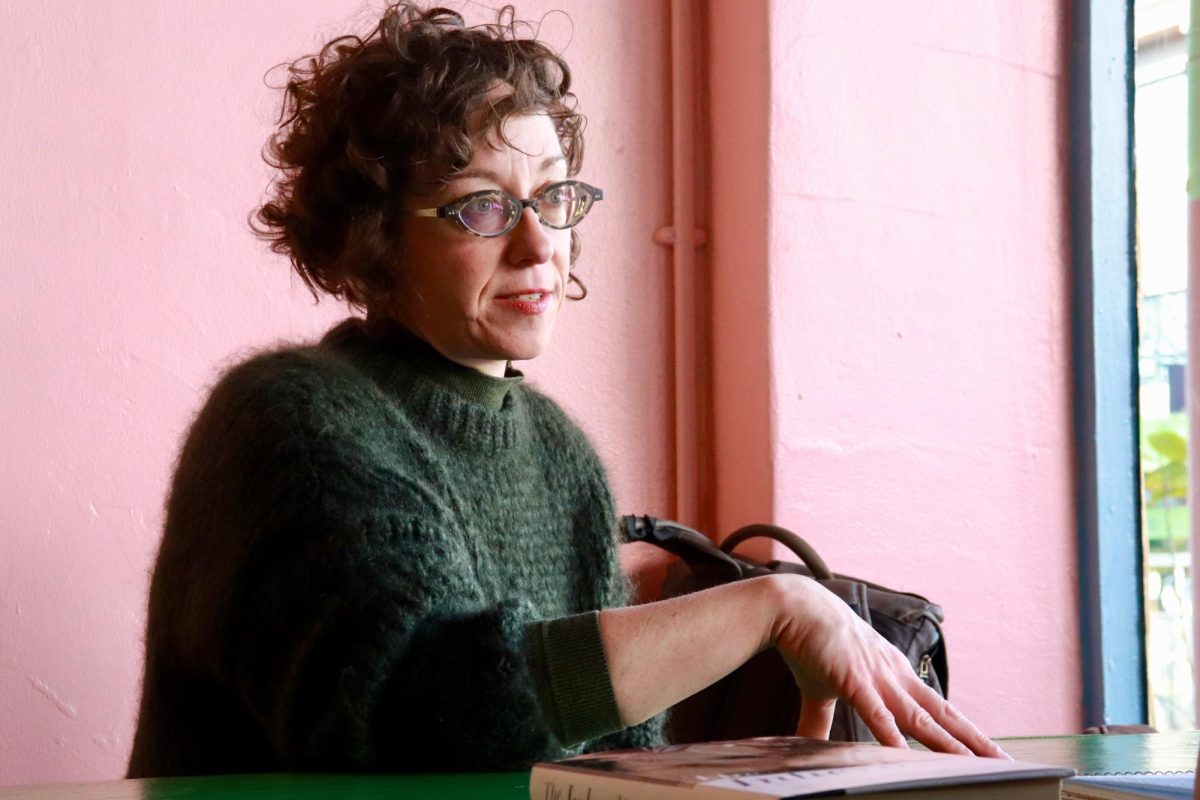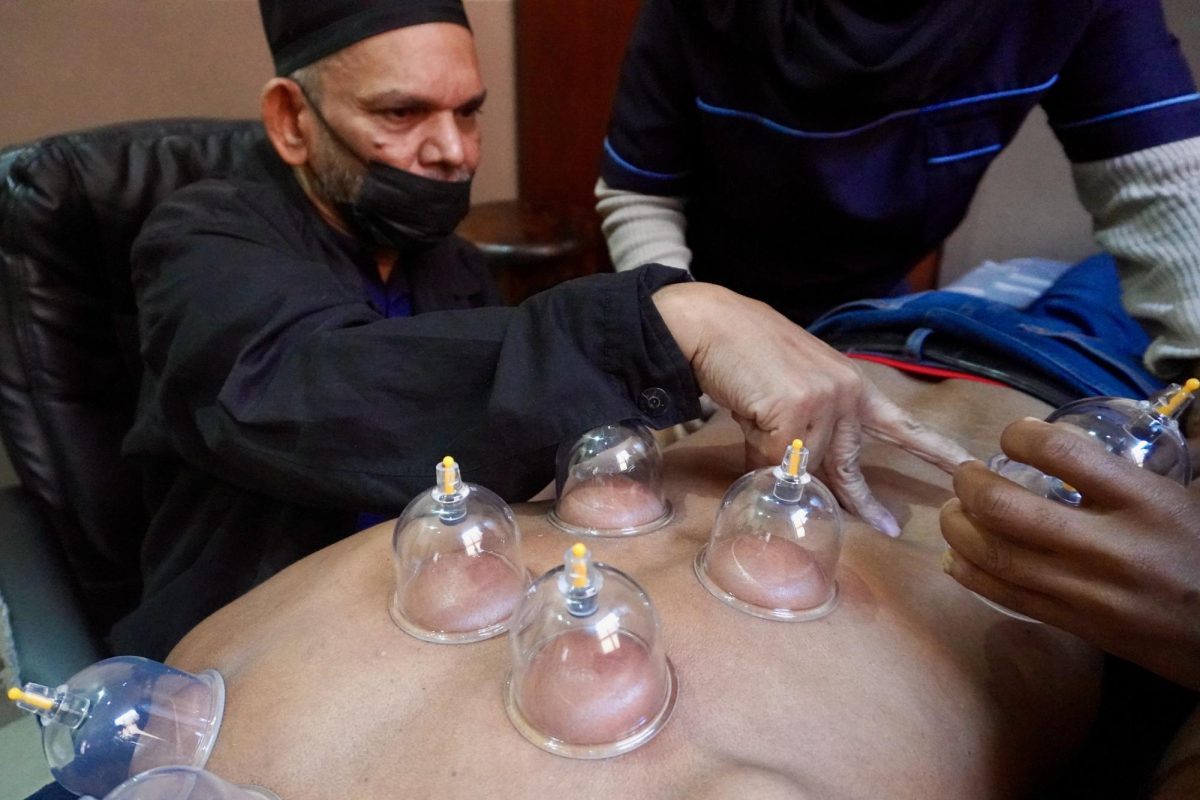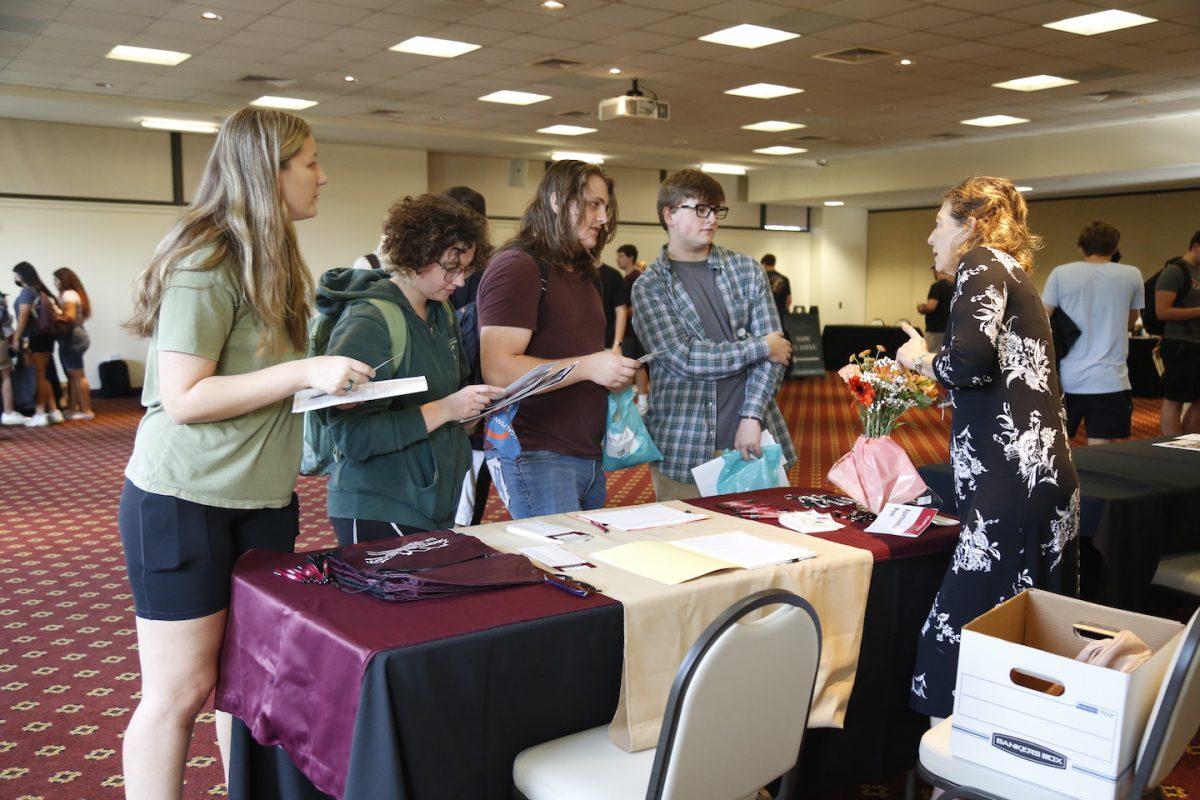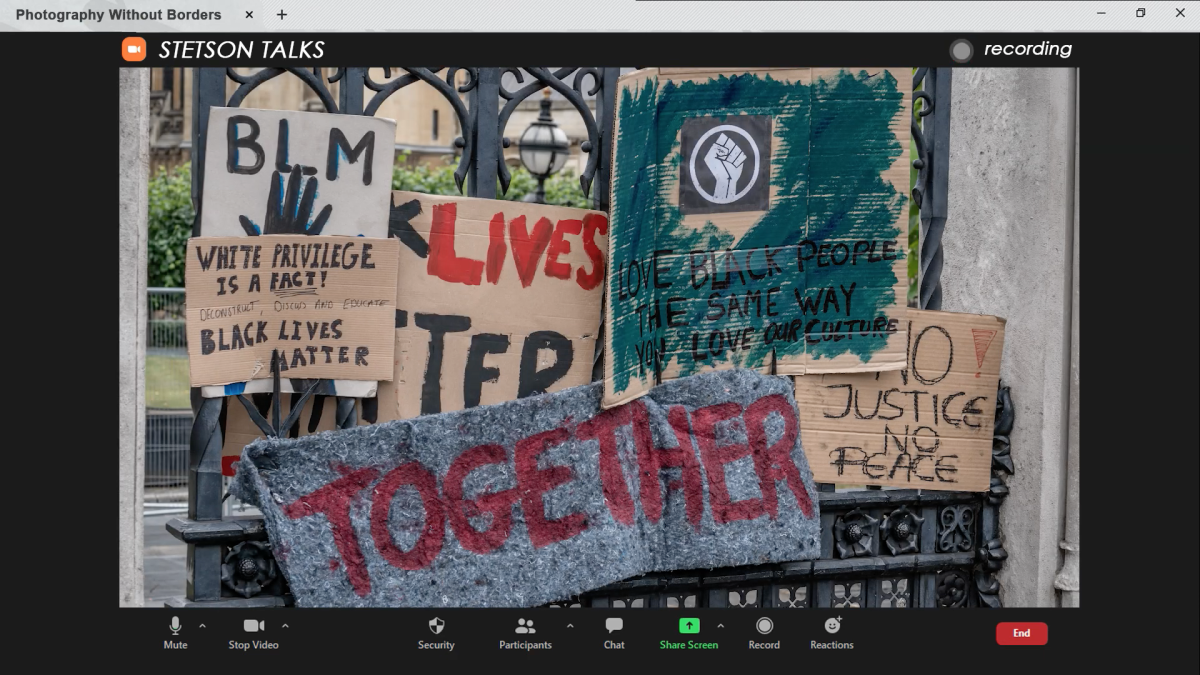Benjamin Franklin once wrote, “A penny saved is two pence clear” — in other words, a penny saved is a penny earned. While this saying may have been true in the 18th century, when the U.S. GDP was probably a buck fifty, or in the 1960s, when a penny was practically enough to buy a house and car, in 2025, a penny saved is about 2.69 cents in pennies lost.
President Donald Trump announced Feb. 9 via Truth Social that he had ordered the Treasury Department to cease production of the penny, citing the rising costs and annual losses from producing pennies that totaled $85.3 million in 2024. This comes as the Trump administration and Elon Musk’s Department of Government Efficiency push to cut costs. Congress, however, holds the final say on currency production, so, without an act of Congress, pennies will continue to be produced.
To truly understand the penny situation, I headed to the Philadelphia branch of the U.S. Mint, which offers a free, self-guided tour to visitors at its Independence Hall area location between Arch and Race streets.
I learned a lot that day. Most importantly: There’s a mint in Philadelphia. And it’s one of four active coin-producing mints in the U.S., along with San Francisco, Denver and West Point.
After passing through security — where you have to make sure you don’t have any pennies in your pockets — visitors are greeted by a giant sign displaying how many of each coin has been produced this year. Pennies were already in the hundred-millions when I visited March 14. Another sign displayed the seigniorage of each coin, which is the difference between the face value and the cost to produce it. Pennies have what is known as “negative seigniorage.” Every penny costs 3.69 cents to produce.
Also at the front of the mint was a sign about the 2025 edition of the American Women Quarters collection that began in 2022, featuring great historical figures such as Ida Wells, a famous Black journalist and civil rights leader. Maybe the next Truth Social post will address this.
The first part of the mint tour took us through the long, storied history of American coins. The Philadelphia Mint was established in 1792 and in 1793 produced its first coins for circulation, which were, ironically, copper coins worth a cent. They were not yet called pennies, and some were even worth half a cent.
Upstairs was signage and displays educating visitors on what goes into making coins. It showed us the very beginning stages of designing a coin, which involves sculptors and artists making giant versions of the currency. I even got to design my own quarter with an android for the heads side and an ice cream sundae and the words “NO REGRETS” for the tails.
Next, we got to see the main event: the production floor. The tour, a couple of stories up from the floor itself, took us along a set of giant windows on two sides. Classical music blared through the speakers, which really set the mood. Each workstation had its denomination written on a sign. We saw piles of coins, boxes of coins, coins on conveyors and coins on the floor. Unfortunately, we did not get to see any of the coins being made. Then, at the end of the tour, there was a gift shop. In case you’re wondering, no, they do not sell U.S. Mint mints.
So, is the penny worth saving? Is there anyone out there who holds any passion for the lowly denomination? Philip Otis from Boston, Massachusetts, was visiting the mint the same day I was and said he possesses an “adequate-sized” collection of coins. Otis said the penny is his favorite, but he acknowledged the penny problem.
“People toss them on the ground to get rid of them,” Otis said. “It doesn’t have a lot of value, and it doesn’t have a lot of use,” Otis said.
It would be hard for anyone to disagree. You can’t buy anything for a penny. Except maybe another penny at a take-a-penny-leave-a-penny. According to the Harvard Medical School, pennies are the most common coin to be swallowed by children, which means their most significant economic role might be in a radiology bill.
“It’s not worthwhile for the government,” Otis said. “It’s barely worthwhile for the people.”
Otis might just be right. Pennies aren’t treated with much respect. Close to where I met Otis was a big touchscreen where visitors could play a mint-themed game. In the game, the player had to stop consumers from dropping or losing their loose change to keep the coins circulating. A young child and I had a lot of fun playing it, but it speaks to the bigger message: People don’t value the penny.
Two other mint visitors, Laura and Clay from Philadelphia, wouldn’t even give me their last name for a penny, but they did give me their two cents.
“I think there’s some nostalgic value to the penny, but I don’t ever use them,” Clay said. “Phrases like ‘penny for your thoughts,’ there’s just a lot of colloquialisms that are based around it.”
Could we lose these sayings if the penny is killed? “A $100 bill for your thoughts?” “See a bitcoin, pick it up, all day long you’ll have good luck?” Will Stephen King have to rename his clown to “Half-dollarwise?” What will become of us?
Cristian Pardo, Ph.D, professor of economics at St. Joe’s, said he doesn’t think much will change without pennies.
“One needs to understand that the rounding happens per transaction, not the unit price,” Pardo said.
Pardo said that the price of the individual items we buy would not go up, just what we pay for a transaction overall. Which kind of just sounds like the price is going up, but some math equations go beyond my understanding.
“For example, say something costs two cents,” Pardo said. “Will that be rounded to five cents? No! It would stay at two cents. Say a person buys 44 of those. The transaction would be 88 cents. That would be rounded up to 90 cents.”
Pardo said the two-cent increase in the amount paid will have minimal effects, pointing to the fact that many European countries have already gotten rid of their small coins.
It feels like a slippery slope, though. If we get rid of the penny, what’s next? The nickel? How long until we aren’t using physical cash at all? How long until we are all using Dogecoin to buy groceries?
“Not in my or your lifetime,” Pardo said.
Right across from the street from the Philadelphia Mint, at the Christ Church Burial Ground, is Benjamin Franklin’s final resting place. Visitors throw pennies on the Founding Father’s grave for good luck. It’s a lovely scene and sentiment.
A penny saved might have been a penny earned during Franklin’s prime, but in 2025, a penny saved is a fiscal liability. Still, a penny tossed on Franklin’s grave might just be a tiny copper-coated, zinc middle finger to whoever gets to decide what’s valuable or not.

